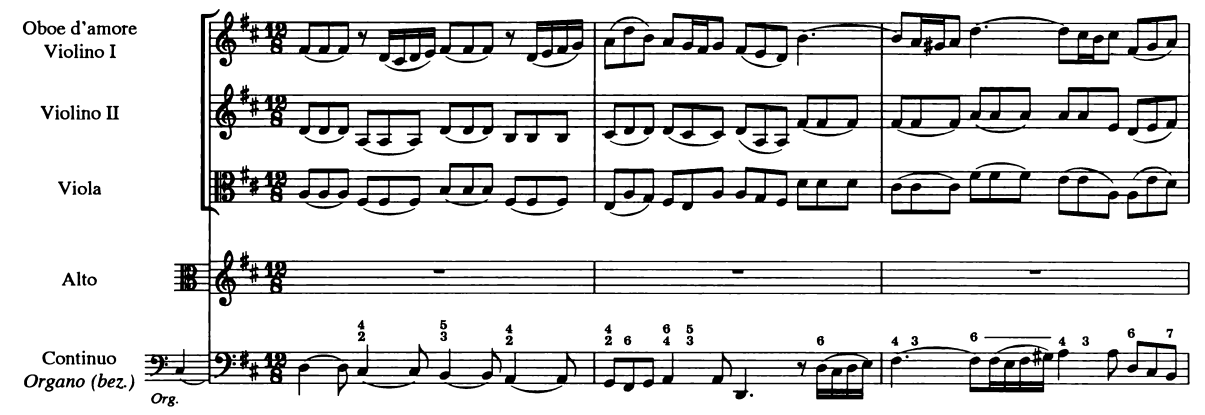Accompaniment
How to write simple yet effective accompanimentKeep it simple
Because each carillon bell already has such a rich sound, a sparse accompaniment of just a couple notes in a measure can go a long way. Consider this excerpt of Neil Sedaka's "Laughter in the Rain:"
Original version:
Carillon arrangement:

Heavy carillon (UChicago):
Lighter carillon (Centralia, IL):
In the excerpt above, melody and a simple bass alone do a good job of implying the harmony and rhythmic flow of the song. As a result, only a sparsely written inner voice is needed to add additional harmonic colors and bring out the syncopation in the melody.
Avoid repeating chords unnecessarily
Just like a sparse, thoughtfully placed accompaniment can enhance nuances in the melody, an accompaniment can just as easily detract from the melody by drawing attention where it is not needed. There is a risk of this happenning when the original composition includes repeated chords, for example:

Because bells keep ringing after they are struck, it's often unnecessary on the carillon to repeat chords as you would on other instruments. Instead, try placing the chords in a way that supports the structure of the phrase. Consider, for example, the beginning of the aria "Vergnügte Ruh, beliebte Seelenlust" from Bach's cantata, BWV 170:

Here, the oboe d'amore and first violins play the melody. Below that, the second violins and violas play continuous eighth notes. Transferring this accompaniment directly to the carillon could lead to an overly thick and heavy texture, which would not be particularly effective in such a quiet, light piece. Instead, on the carillon one might consider writing an inner voice only where the harmony changes, i.e. one note per beat in the first measure, and on each eighth note in the first part of the second measure, such as in the example below:

This thin texture gives room for the melody to come out, but it is also placed in a way that supports the structure of the phrase.
Incorporate rhythmic motives
A great way to keep a thin, simple accompaniment interesting is to incorporate rhythmic motives into it. This is essential in songs with a driving groove, like in pop and jazz music.
Consider the following example, an excerpt from Toots Thielemans' Bluesette:
When arranging this passage for the carillon, try starting with just the melody and the bass line:

These two voices alone provide a solid harmonic harmonic framework. What's missing however is the groove of the original song. It's just a bit too plain.
In Erik Vandevoort's carillon arrangement of this work, he solves this problem by adding a simple inner voice. This voice not only creates additional harmonic interest, but it also fills in the rhythmic gaps in the melody, introducing some syncopation and helping the piece to dance.
Bluesette, arr. Vandevoort:


